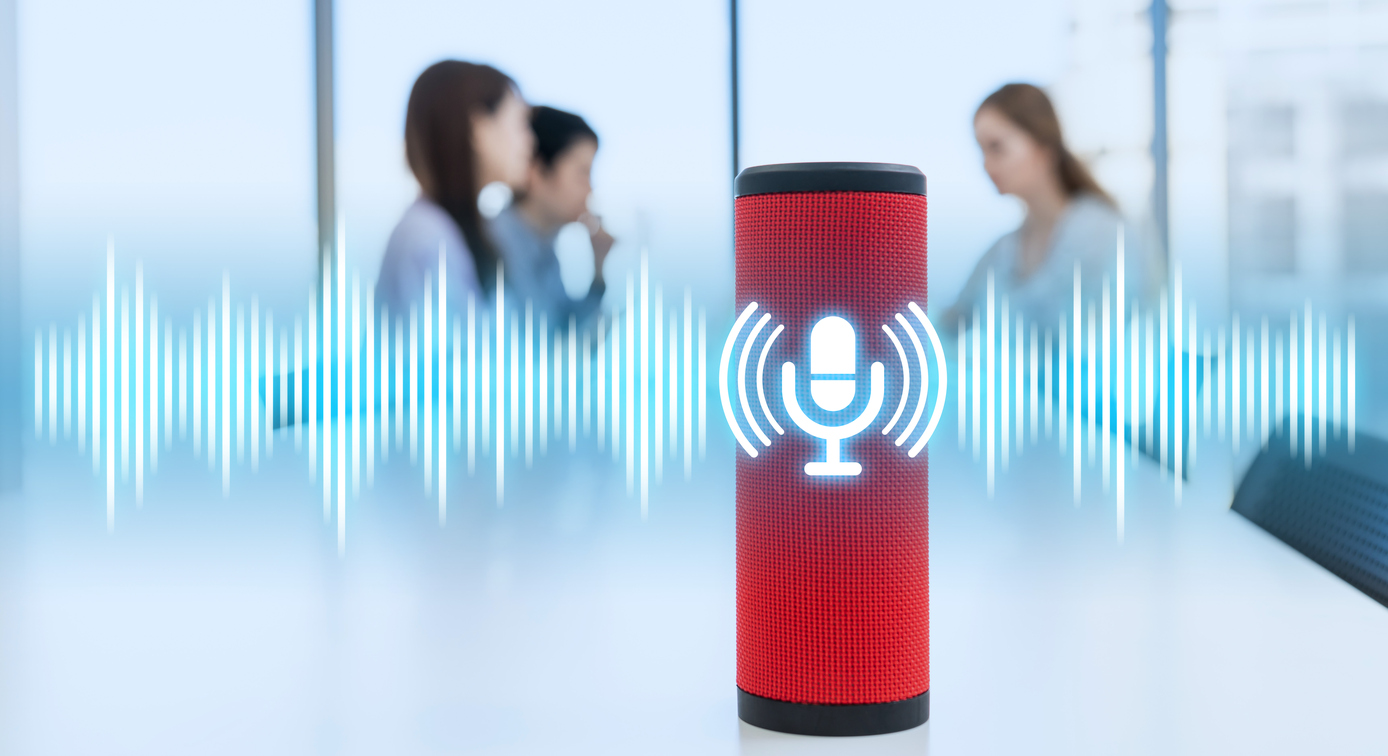Three Simple Ways Nonprofits Can Use Voice Technology Today

Everything has its start—that point where technology meets the mainstream and simply catches fire. With the internet, it was the World Wide Web. With mobile, it was the smartphone. And now there’s voice technology. The intersection of artificial intelligence and machine learning—the technology that makes it possible for voice technology devices to interpret and fulfill voice commands—is still in its infancy. It will take some time before Amazon Alexa and Google Home advance from helping us organize our playlists to helping us manage our chronic illnesses, but their capabilities are rapidly growing … and nearly one in five U.S. adults today already has access to a smart speaker. The popularity and prevalence of this new medium cannot be ignored.
So, as a nonprofit, how you can you begin to leverage this new medium? Here are three ways to test voice technology and engage supporters in new and immersive ways:
1. Give Voice to Your Website
Remember back in 2010 when we balked at the idea of creating a mobile version of our website? Well look at us now. We’re at a similar point with voice technology.
Consider revising some of your organization’s content for consumption on smart speakers. When a user visits your website, they might be there to learn about your mission, your board or the problems you solve. If they are already a donor, they may want to understand the impact their contribution is making. Now imagine that web visitor is at home with their Alexa or Google Home device. They should be able to access that same information by asking their smart speaker. This experience is more convenient compared to visiting a website because the user simply needs to use their voice. The speaker listens to the user’s question and then reads off the answer. Here’s a free tip: Start with the pages that get the most traffic or your FAQ page.
2. Make It Fun
A lot of the applications being built for speakers are trivia games. They’re very easy to build, and both Amazon and Google have templates that can get you started on creating them. Your organization could use one of these templates to create an engagement action for your supporters. For example, you can create quizzes that challenge your users with questions to help raise awareness about your organization.
Another way of creating an engaging experience for your supporters is to harness the power of voice in telling your story or sharing multimedia content. Voice will give nonprofits the opportunity to bring their content to life. Imagine sending an email to your donors sharing a story about how their gift helped a homeless veteran get his new home, or funded treatment for a child with cancer, or provided clean water to a village that had none. We generate content like this every day in the form of newsletters and email updates, but they fail to translate the emotions behind the story. Voice can change all that. Voice will allow us to bring email updates and newsletters to life. We’ll be able to hear the gratitude in the voice of that homeless veteran or in the songs of villagers celebrating the opening of their new well. These enriching experiences will make it easier for donors to have a deeper emotional connection with your organization.
3. Drive Advocacy
If you’re an advocacy organization, then voice technology is something you should consider. I get emails from the different advocacy-based organizations I follow, asking me to contact my elected official about issues that I care about. Amazon Alexa and Google Home can provide a frictionless experience in the world of advocacy. Imagine getting an email from the ACLU asking you to sign a petition or contact your elected official and all you need to do is say, “Alexa open ACLU and sign the petition to stop child separation.” That’s it. You’re done. No need to open a website or fill a form. You command, Alexa obeys. If you want to take it a step further, you can contact your elected official just by saying, Alexa, open ACLU and call my elected official.
These ideas are simple and require little development time. They create a different and superior experience because each uses voice, which is the most natural way to engage. So, go ahead and start a conversation with your supporters and be sure to share your results.

